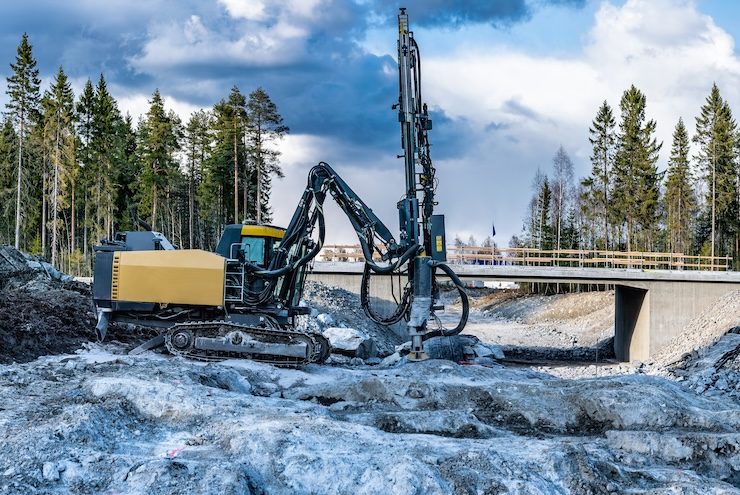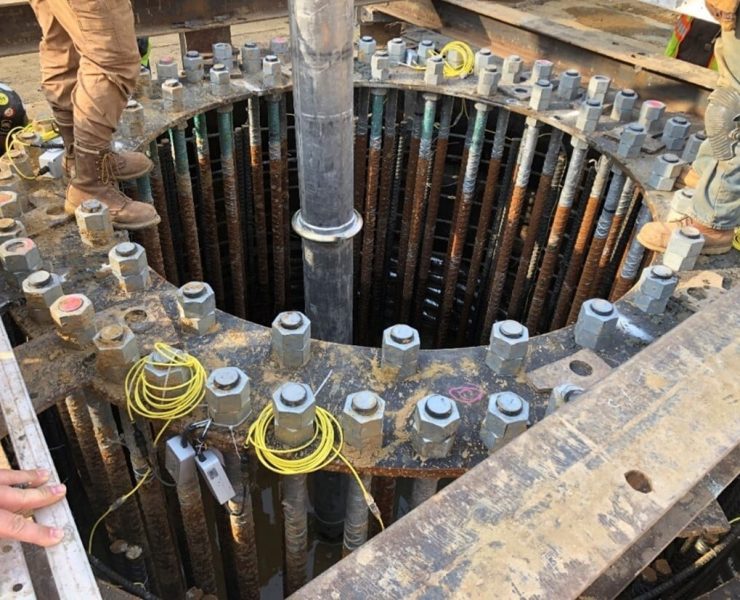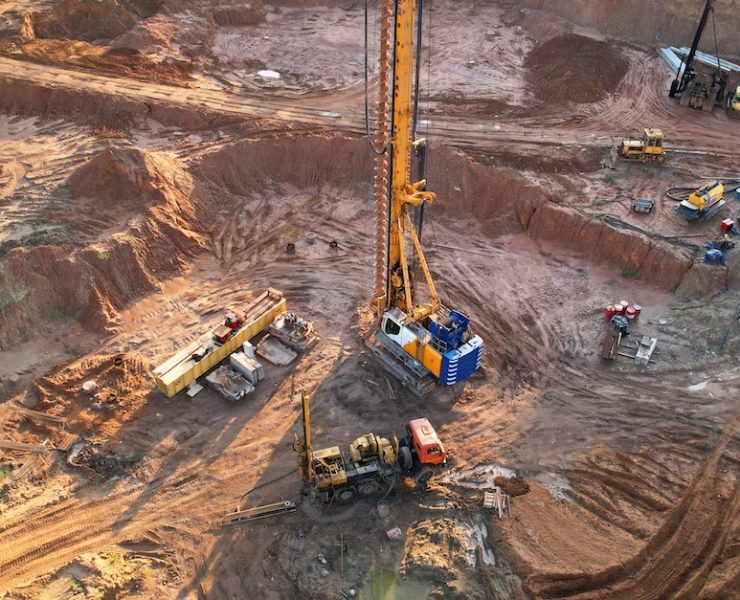The Significance of Geotechnical Engineering in the Safety and Stability of Infrastructure
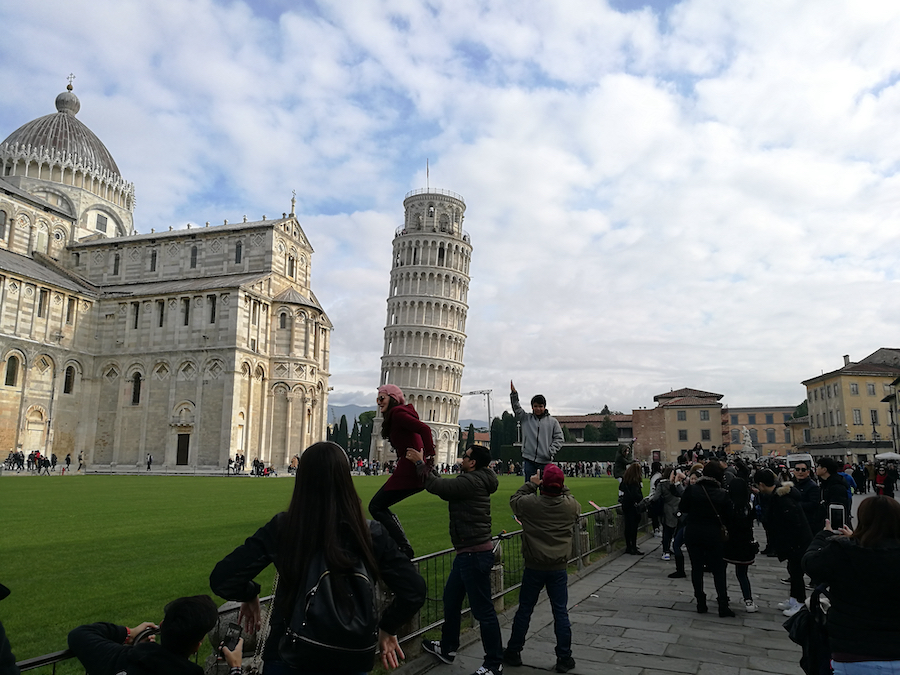

View the complete article here.
Our world is dotted with impressive infrastructure projects—from towering skyscrapers to sprawling bridges—all standing testimony to the evolution of the various construction equipment and methods available. These feats of engineering aren’t just an assemblage of massive amounts of steel and concrete. They are—in essence—the visible outcome of meticulous planning and calculations, with the groundwork laid—quite literally—by the field of geotechnical engineering.
Geotechnical Engineering is Critical
Geotechnical engineering is a specialized field within civil engineering that focuses on studying the behavior of earth materials. This branch delves deep into the ground—investigating how the soil, rock, and groundwater at a construction site can influence—and be influenced by—the infrastructure that we erect on and into them.
Before a single brick is laid or a concrete foundation poured, geotechnical engineers probe into the earth—gathering critical data about the site’s soil composition, rock structure, and groundwater levels. These engineers engage in exhaustive soil testing—ascertaining its type, strength, permeability, and compaction—among other properties. The information gathered from these explorations are critical—highlighting potential challenges that might arise during construction. Some of these challenges may include the propensity for soil liquefaction in earthquake-prone areas or the threat of landslides on sloping terrains—just to name a few examples.
Guarding Against Geotechnical Risks
In the context of construction, overlooking the relevance of geotechnical engineering can lead to catastrophic outcomes.
An obvious example… the Leaning Tower of Pisa. The ill-fated inclination of this architectural marvel was a result of inadequate consideration of the ground conditions. The soft soil foundation couldn’t bear the weight of the tower—leading to its infamous tilt. This historical example emphasizes the critical need for geotechnical assessment before construction and the importance of methods like pile driving and foundation drilling.
Another, more recent example is the Millennium Tower in San Francisco. Since its completion in 2008, this 58-story luxury residential tower has sunk 18 inches and tilted 14 inches to the northwest. The problems are linked to the building’s foundation, which consists of piles driven into soft, compressible soil rather than bedrock. This case highlights the critical importance of robust geotechnical analysis and appropriate foundation solutions—particularly in areas with complex soil and seismic conditions.
It is important to note that safety isn’t just about ensuring the long-term stability of the structure. It also encompasses the safety of the workforce engaged in pile driving or foundation drilling. Inadequate training, improper use of equipment, or disregard for safety protocols can result in accidents on the construction site. Moreover, incorrect pile driving or drilling operations can cause instability at the site—increasing the risk of landslides or cave-ins.
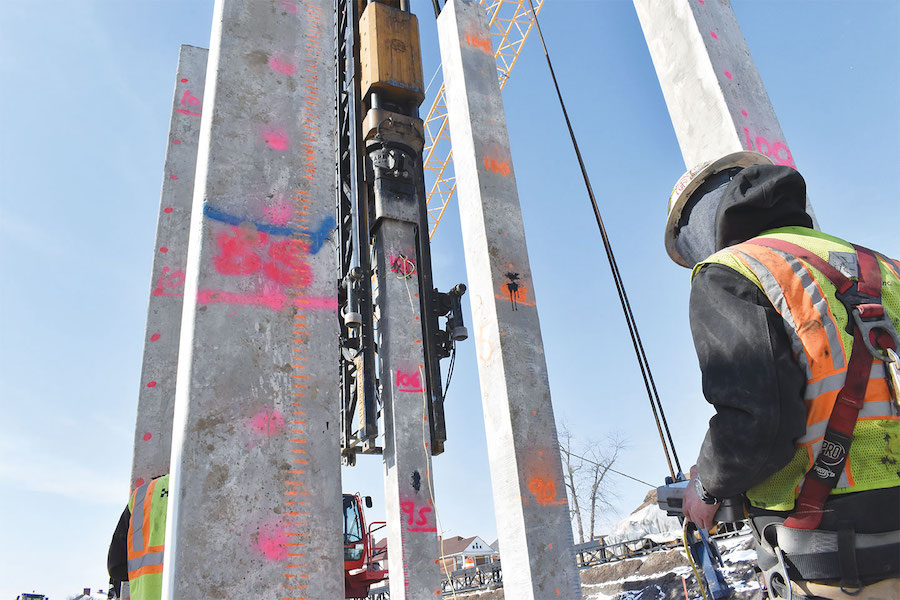
Pile Driving and Foundation Drilling: Anchoring Infrastructure
One of the practical applications of geotechnical engineering involves deciding and executing the right methods for foundation construction. Among the various techniques employed, pile driving and foundation drilling stand out for their widespread usage and importance in establishing robust structures.
Pile driving represents more than the mere act of inserting structural elements into the ground. On the contrary, it is a carefully orchestrated process of transferring a structure’s load past the less stable soil layers closer to the surface—down to the more substantial strata that lie beneath. In the case of pile driving, consider how geotechnical engineers expertly use this technique to evenly distribute the structure’s weight. Their skill in understanding and interacting with different soil conditions is key to maximizing stability and extending the lifespan of the structure—even when faced with challenging ground conditions.
As for foundation drilling, it’s more than the creation of cavities to host piles or other foundation elements. Instead, it’s the art of crafting a custom sub-surface profile that aligns perfectly with a structure’s design and load requirements. By drilling to variable depths and diameters based on meticulous geotechnical data interpretation, engineers can create deep foundations that provide unparalleled support to structures—even when surface soils exhibit unfavorable characteristics. The value of foundation drilling lies not just in enabling the use of deep foundations but in offering the flexibility to adapt foundation designs to the nuances of the site’s geology.
The choice between pile driving and foundation drilling isn’t arbitrary. It’s informed by the comprehensive geotechnical assessment of the site. When done correctly, these processes lay the groundwork—quite literally—for safe, stable, and enduring structures.
Geotechnical Engineering: The Bedrock of Modern Infrastructure
Geotechnical engineering—while not always in the public eye—is integral to infrastructure around the planet. Its influence permeates every structure that forms a part of our urban landscapes—from the homes we live in—to the offices we work at—and the bridges we cross.
In essence, geotechnical engineering enables us to create—not just impressive structures—but safe, enduring communities that can weather the challenges that come their way. As we continue to push the boundaries of architecture and engineering, the role of geotechnical engineering in assuring the safety and stability of our infrastructure will remain pivotal.
View the complete article here.
What is the role of geotechnical engineering in infrastructure safety and stability?
Geotechnical engineering is a specialized field within civil engineering that focuses on studying the behavior of earth materials. It investigates how the soil, rock, and groundwater at a construction site can influence—and be influenced by—the infrastructure that we erect on and into them. It lays the groundwork for safe, stable, and enduring structures by performing exhaustive soil testing and highlighting potential challenges that might arise during construction.
What are some examples of geotechnical risks in construction?
Overlooking the relevance of geotechnical engineering can lead to catastrophic outcomes. For instance, the Leaning Tower of Pisa's infamous tilt was a result of inadequate consideration of the ground conditions. Another example is the Millennium Tower in San Francisco, which has sunk and tilted due to its foundation being driven into soft, compressible soil rather than bedrock. These examples emphasize the critical need for geotechnical assessment before construction and the importance of methods like pile driving and foundation drilling.
What is the significance of pile driving and foundation drilling in geotechnical engineering?
Pile driving and foundation drilling are practical applications of geotechnical engineering that are crucial for establishing robust structures. Pile driving is a process of transferring a structure’s load past the less stable soil layers closer to the surface—down to the more substantial strata that lie beneath. Foundation drilling involves crafting a custom sub-surface profile that aligns perfectly with a structure’s design and load requirements. The choice between these methods is informed by the comprehensive geotechnical assessment of the site.














